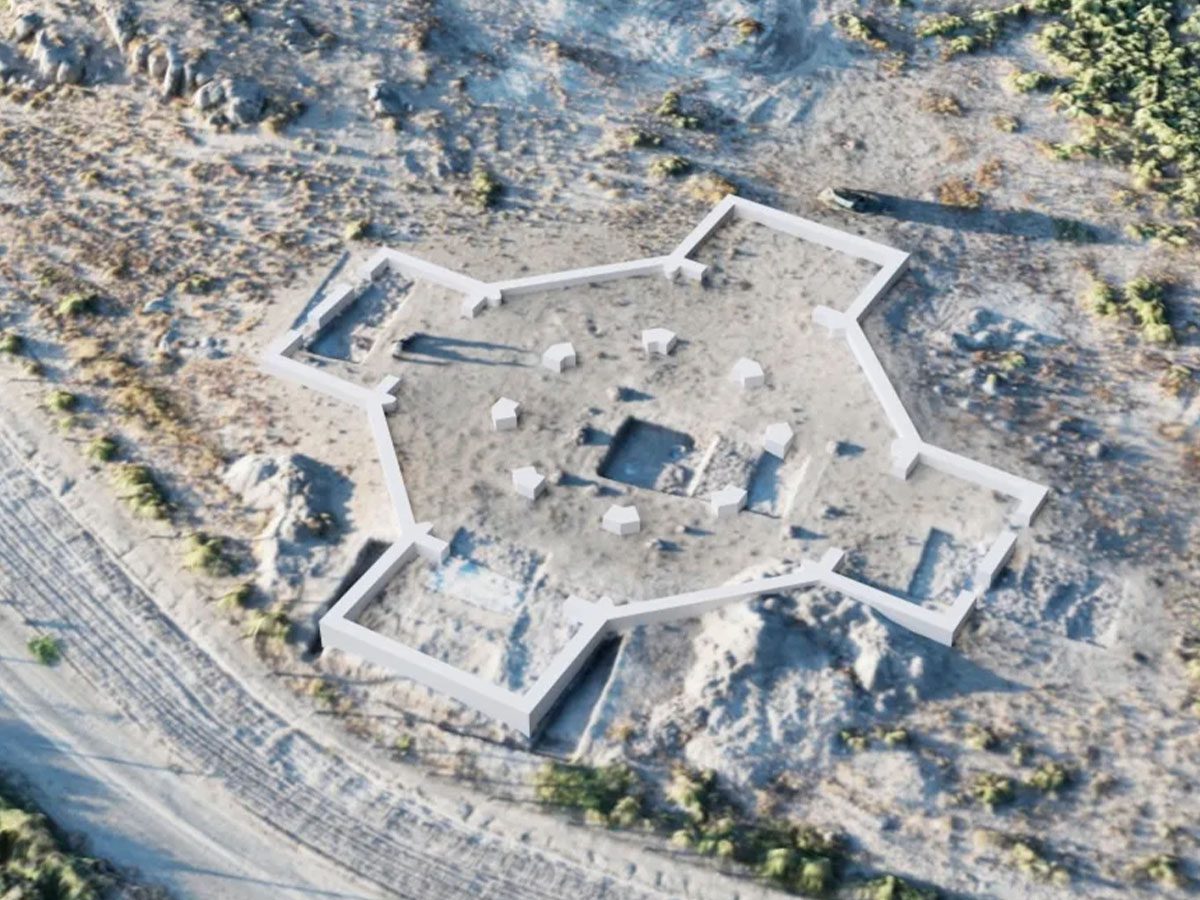
A joint group of researchers has unveiled the discovery of what could be one of the world’s earliest Christian churches. A group of Armenian and German researchers from the National Academy of Sciences of Armenia and the University of Münster in Germany revealed finding a previously unknown Christian church in the city of Artaxata, near the city of Artashat in Armenia. There have been excavations in the area since 2018, but the church’s remains had remained hidden until recently. A press release detailed the foundation to be an “octagonal building with cruciform extensions.” The building is described as being about 100 feet in diameter, with a floor of mortar and terracotta tiles.” The team used “geophysical methods” on the remains and determined that “Typologically, the find corresponds to early Christian memorial buildings.” Wooden platforms were discovered in cross-shaped sections of the building and radiocarbon dated to around the middle of the 4th century AD.
Armenia and Artaxata in particular have an important position in ancient church history. According to tradition, Gregory the Illuminator, a native of Armenia, converted King Tiridates III to Christianity in Artaxata in 301 AD, making Armenia the world’s first Chrisian state. “The 4th century building is the oldest archaeologically documented church in the country – sensational evidence for early Christianity in Armenia,” stated University of Münster Professor Achim Lichtenberger. The church’s octagonal shape is also unique, according to Mkrtich Zardaryan of the Armenian Academy of Sciences, who was also on the team. It is the first octagon-shaped church uncovered in Armenia, indicating an eastern Mediterranean influence. “Octagonal churches were unknown here until now, but we are very familiar with them from the Eastern Mediterranean region, where they first appeared in the 4th century AD,” said Dr. Zardaryan.
Several of the clay remains as well as fragments of marble found at the site indicate a lavishly decorated church. The Christian influence of the church would catapult Armenia’s position in the ancient world. According to the press release, “The medieval monastery of Khor Virap, just a stone’s throw from the now-discovered church, is a reminder of this tradition. Artaxata served as the capital of the Kingdom of Armenia, ruled by the Artaxiad and Arsacid dynasties.” As a result, “The city developed into an important metropolis in the Hellenistic period and was the capital of the Kingdom of Armenia for almost six centuries.”


